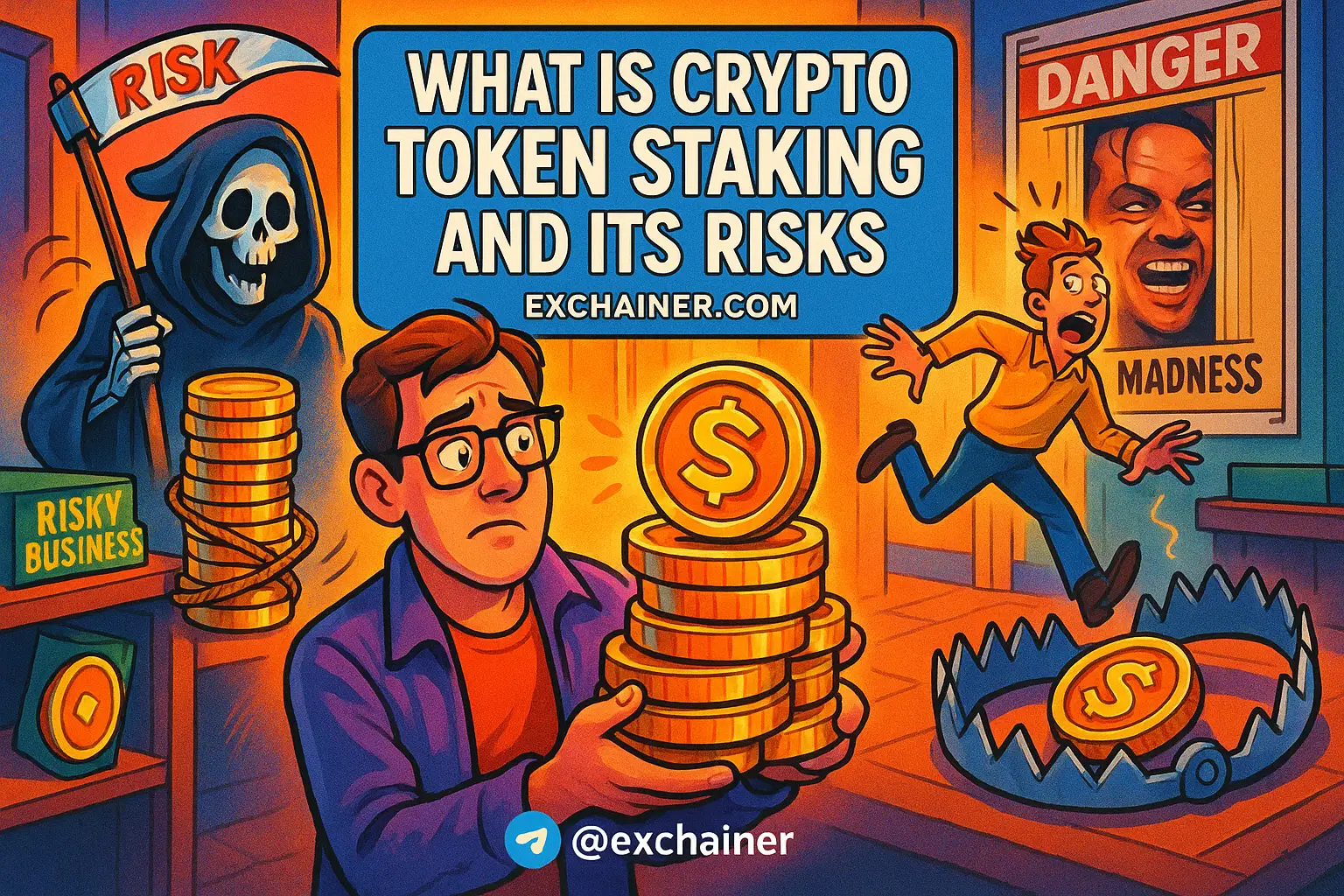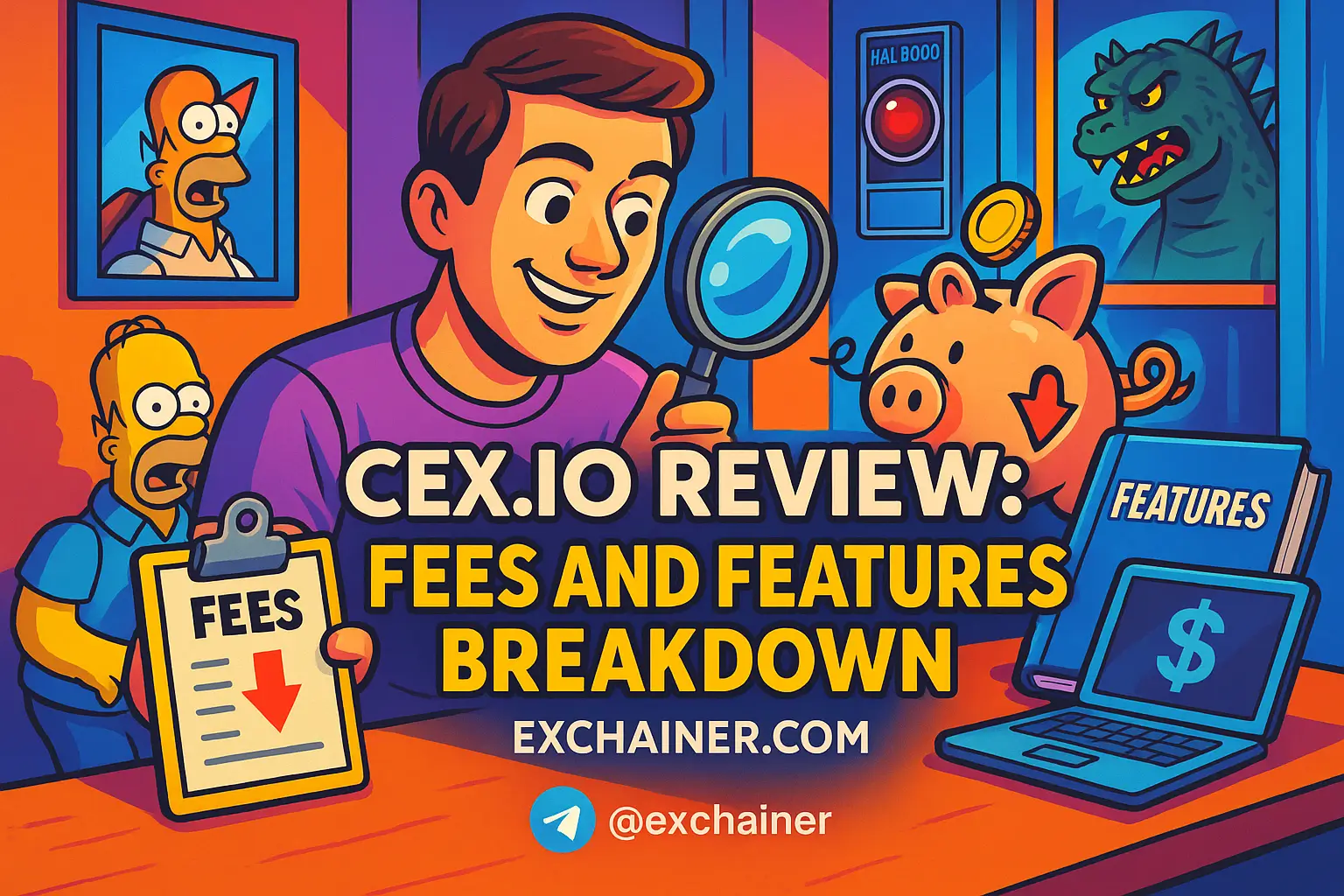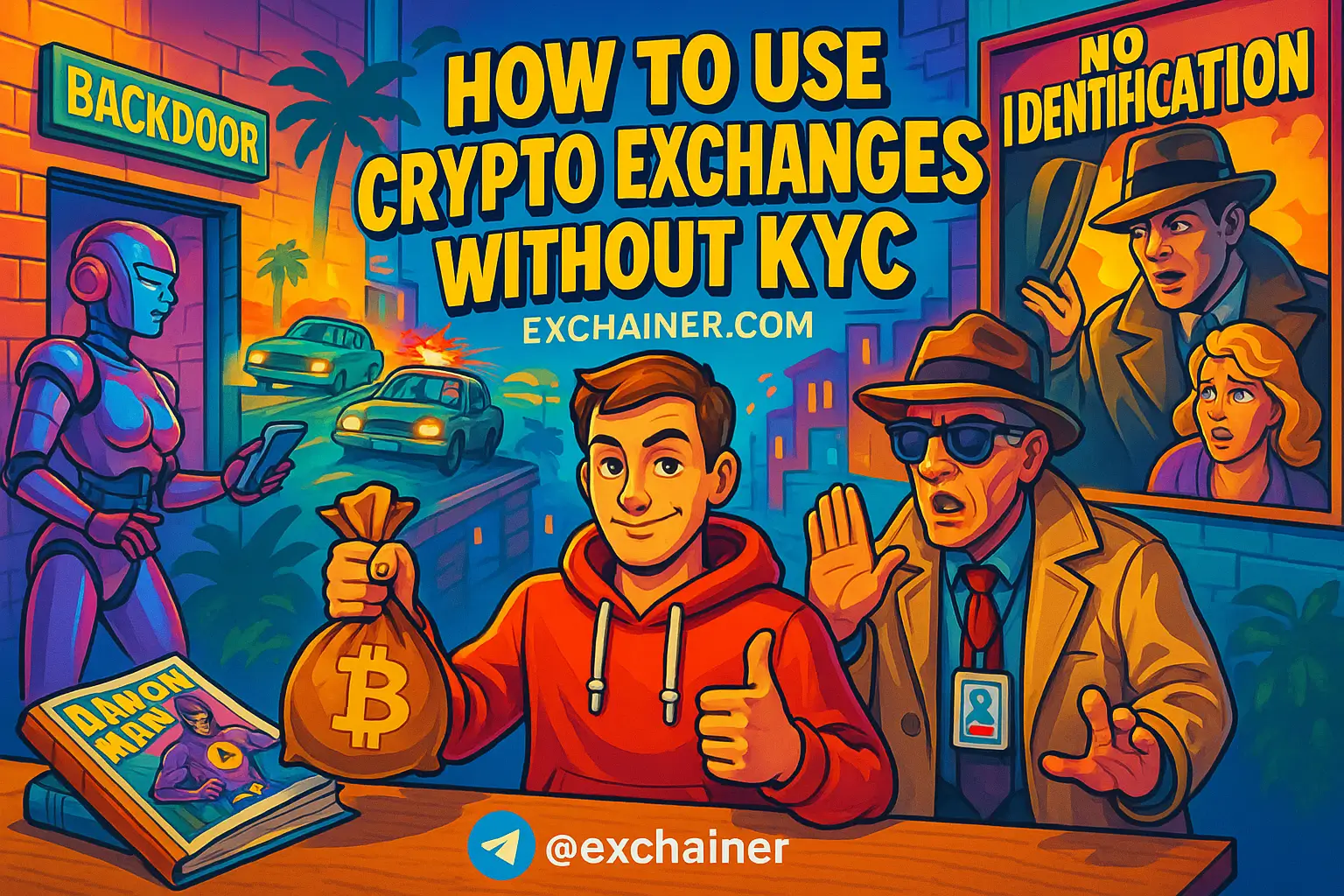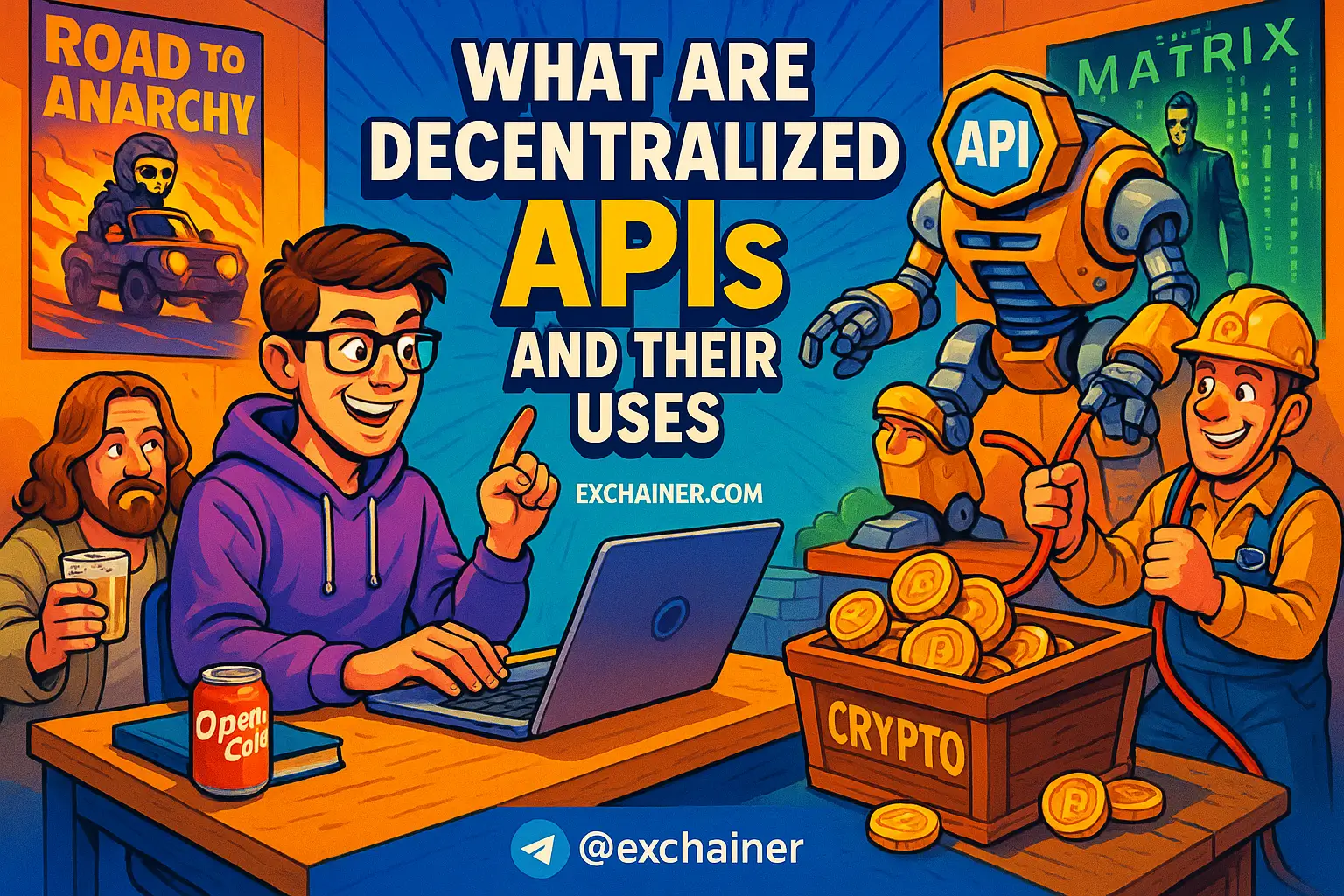Introduction
Friends, imagine this: you’ve just discovered a way to earn passive income with your crypto holdings, simply by putting your tokens to work. That’s the magic of crypto token staking—a booming opportunity that’s capturing the attention of investors worldwide in 2024. With the rapid growth of decentralized finance (DeFi) and major networks like Ethereum migrating to a Proof-of-Stake (PoS) system, understanding token staking is no longer optional—it’s essential.
So, what is crypto token staking? In simple terms, staking involves locking up your cryptocurrency tokens to support the operations and security of a blockchain network. In return, you receive rewards, commonly referred to as staking rewards. It's like earning interest on your tokens while actively helping maintain network trustworthiness. This process not only offers a way to generate yield but also engages participants in the governance and health of blockchain ecosystems.
Why should you care? If you’re holding tokens or thinking about investing, learning the ins and outs of staking can help you maximize your returns without selling your assets. Plus, staking deepens your connection to blockchain networks, shifting you from a passive spectator to an active participant. However, it comes with its own risks and responsibilities, which we’ll explore in this guide.
Throughout this article, we’ll cover the fundamentals of how staking works, break down staking rewards, unpack the risks involved, and share safety tips to keep your crypto secure. Whether you’re a beginner curious about earning passive income, a holder contemplating whether to stake, a small validator stepping into node operation, or just someone wanting to understand the stakes better, this guide is tailored for you.
Let’s dive in and demystify the exciting world of crypto token staking together.
How Crypto Staking Works
Proof-of-Stake Basics
To get staking, it helps to understand the fundamental mechanism behind it: Proof-of-Stake (PoS). Unlike Proof-of-Work (PoW), where miners solve complex puzzles to validate transactions, PoS relies on validators who “stake” their tokens as collateral to secure the network. Think of this as putting down a security deposit to prove you’re trustworthy. The more tokens you stake, the higher your chances of being chosen to validate the next block and earn a reward.
In practice, the network runs in periods called epochs or rounds, during which validators take turns confirming transactions and producing blocks. Validators are incentivized to behave honestly because malicious actions can lead to losing their staked tokens, a penalty known as slashing. This system helps achieve consensus—agreement about which transactions are valid without wasting vast electricity or computing power.
Validators, Delegators, and Staking Models
Not everyone who wants to participate needs to run a full node. Here’s where staking models start to vary. A solo validator operates their own node, meeting certain technical and minimum staking requirements set by the blockchain protocol. They shoulder all operational responsibilities but earn the full share (minus any protocol fees).
Alternatively, delegated staking allows token holders to “delegate” their tokens to a trusted validator or staking pool. These pools aggregate stakes from many users, increasing their chances to produce blocks and earn rewards. Delegators typically receive a portion of the rewards after the pool operator takes a commission. This approach is popular among beginners or small holders without technical skills or infrastructure.
Validation demands node uptime and connectivity. If a validator behaves badly or goes offline, the network can penalize them through slashing or penalty fees. That’s why validators maintain rigorous uptime and security practices.
Lock-up, Unbonding, and Liquidity Mechanics
A critical aspect to know is that staking is rarely instant or fully flexible. Most protocols require tokens to be “locked up” for a fixed period—meaning you can't trade or transfer them while staked. After you decide to unstake, there’s usually an unbonding period during which your tokens remain non-transferable but no longer earn rewards.
For example, Ethereum's PoS chain has a 32 ETH minimum stake with an unbonding delay lasting several days. This lock-up means sudden liquidity needs could be blocked temporarily—a risk to consider.
To address this, liquid staking services issue derivative tokens representing your staked assets. These tokens can be traded or used in DeFi while your original coins remain staked. Examples include Lido’s stETH or Rocket Pool’s rETH. This innovation balances staking rewards and liquidity but introduces additional layers of contract and platform risk.
Staking Rewards and Yield
How Rewards Are Calculated
When it comes to staking rewards, it’s not just about static percentages. Rewards are typically expressed as APR (annual percentage rate) or APY (annual percentage yield), with APY accounting for compounding effects. Networks issue rewards based on inflationary mechanisms—essentially creating tokens to pay validators and delegators for securing the chain.
Several factors affect your reward rate. The total percentage of tokens staked influences yield; when more tokens participate, the reward per staker drops since inflation is spread thinner. Protocol parameters, like network performance and penalties, also change payout rates. Let’s keep it simple: higher staked supply usually lowers the % you earn, but big fluctuations are common as the network evolves.
In essence, rewards can be calculated using formulas integrating total tokens staked, your individual stake size, and base inflation rate, but the exact math varies per network.
Types of Rewards and Fees
Rewards come from different sources. Protocol-level rewards are the new tokens minted for validators or delegators. However, your actual earnings depend on fees taken by validators or pool operators—commissions shared between them and you. If you stake through exchanges or custodial platforms, additional fees may apply for their services.
Many platforms offer compounding features to reinvest your staking rewards automatically, increasing returns over time. Compound interest is your best friend in staking if you’re patient enough to let rewards grow steadily.
Taxation and Accounting Considerations for Staking Income
Like any income, staking rewards often trigger tax events. Most jurisdictions treat staking payouts as taxable income, either immediately when received or upon disposing of rewards as capital gains later. This means good recordkeeping is vital—to track when you earned rewards, their value at the time, and any sales transactions.
Tax laws vary widely depending on your location. Some countries apply income tax on staking rewards at fair market value when earned, while others differ. Therefore, consulting a tax professional familiar with digital assets is always a smart move before reporting your earnings or strategizing staking amount.
Common Staking Risks
Slashing, Downtime, and Protocol Penalties
One of the most important staking risks is slashing—a penalty where a portion of your staked tokens is forcibly taken away due to misbehavior or failure to perform. Validators might get slashed for double-signing conflicting transactions, breaking consensus rules, or prolonged downtime.
For instance, networks like Cosmos, Polkadot, and Ethereum penalize bad actors to protect security. Downtime penalties happen when validators go offline and miss their duties, leading to smaller or temporary deductions. In worst cases, slashing can wipe out significant parts of one’s stake. Notable past slashing incidents have caused unexpected losses for validators who neglect operational security.
Smart Contract, Platform, and Custody Risks
If you stake via smart contracts or platforms, beware of bugs or vulnerabilities. Liquid staking, while attractive for liquidity, depends on complex contracts that could be exploited. Custodial staking on exchanges means entrusting your assets to a third party—introducing risks like hacks, insolvency, or lock-ups controlled by the platform.
Non-custodial self-staking gives you greater control but requires technical know-how and operational diligence. Each choice balances risk and convenience. Staying informed and using trusted services helps reduce exposure.
Liquidity, Market, and Economic Risks
Locking tokens makes them unavailable for trading, exposing you to price volatility risk. A sudden market crash or rise while staked might create missed opportunities or force you to wait during the lock-up to react.
Inflation affects staking rewards too. Network parameters could change, reducing yields or altering tokenomics unexpectedly through governance votes. This economic risk can decrease your actual returns.
Evaluating your tolerance for such risks is crucial before dipping your toes into staking.
Staking Safety & Best Practices
Choosing Where and How to Stake
When selecting a validator or staking platform, prioritize staking safety. Look for high uptime history, positive reputations within the community, reasonable commission fees, and strong decentralization scores to avoid concentration risks.
Exchanges offer ease but often less control. Staking-as-a-service providers bridge convenience and control, while operating your own node grants maximum autonomy but demands expertise.
Operational Security for Validators and Delegators
Validators must secure their hardware and software environments thoroughly—using multi-signature wallets, offline signing tools, and reliable backups. Monitoring uptime with alert systems helps avoid accidental downtime and costly slashing.
Delegators should track their validators' performance regularly and be ready to redelegate if underperformance occurs.
Diversification, Exit Strategies, and Emergency Planning
Don’t put all your eggs in one validator basket—spreading stakes reduces risks from slashing or operator errors. Plan your stake amount considering unbonding periods and assess liquidity needs ahead of time.
Emergency plans include choosing validators with quick unbonding times, using insurance products, or cautiously embracing liquid staking tokens to maintain some flexibility.
Conclusion
Crypto token staking presents a compelling way to earn passive rewards while supporting blockchain networks. By locking up your tokens, you help secure consensus, participate in governance, and get rewarded for your contribution. We've explored how staking works—from Proof-of-Stake basics and validator roles to reward calculation and tax implications.
However, staking comes with significant risks. Potential slashing penalties, technical vulnerabilities, custody concerns, and market volatility can impact your funds. Knowing and managing these staking risks is vital before you commit.
If you’re considering staking, start by clarifying your investment goals. Choose reputable validators or trusted platforms, never ignore security practices, and keep a close eye on your staked assets' performance. Diversify and maintain an exit plan to navigate unexpected events smoothly. Begin small, learn through experience, and consult professionals about taxation and security as your stakes grow.
For deeper dives and ongoing updates, make sure to check out resources like the official protocol documentation or validator explorers. Friends, staking isn't just about earning—it’s about becoming part of a vibrant ecosystem that shapes the future of finance.
Ready to get started? Explore more beginner-friendly tutorials, platform reviews, and tool guides at Exchainer.com today. Your crypto journey just got a powerful boost!
Explore more guides and insights here:
Crypto 101
Exchange Reviews
Tools and Wallets
For further reading from authoritative sources, consider these:
CoinMarketCap’s staking overview: https://coinmarketcap.com/alexandria/article/what-is-staking-in-cryptocurrency
Ethereum Foundation on PoS and staking: https://ethereum.org/en/developers/docs/consensus-mechanisms/pos/












